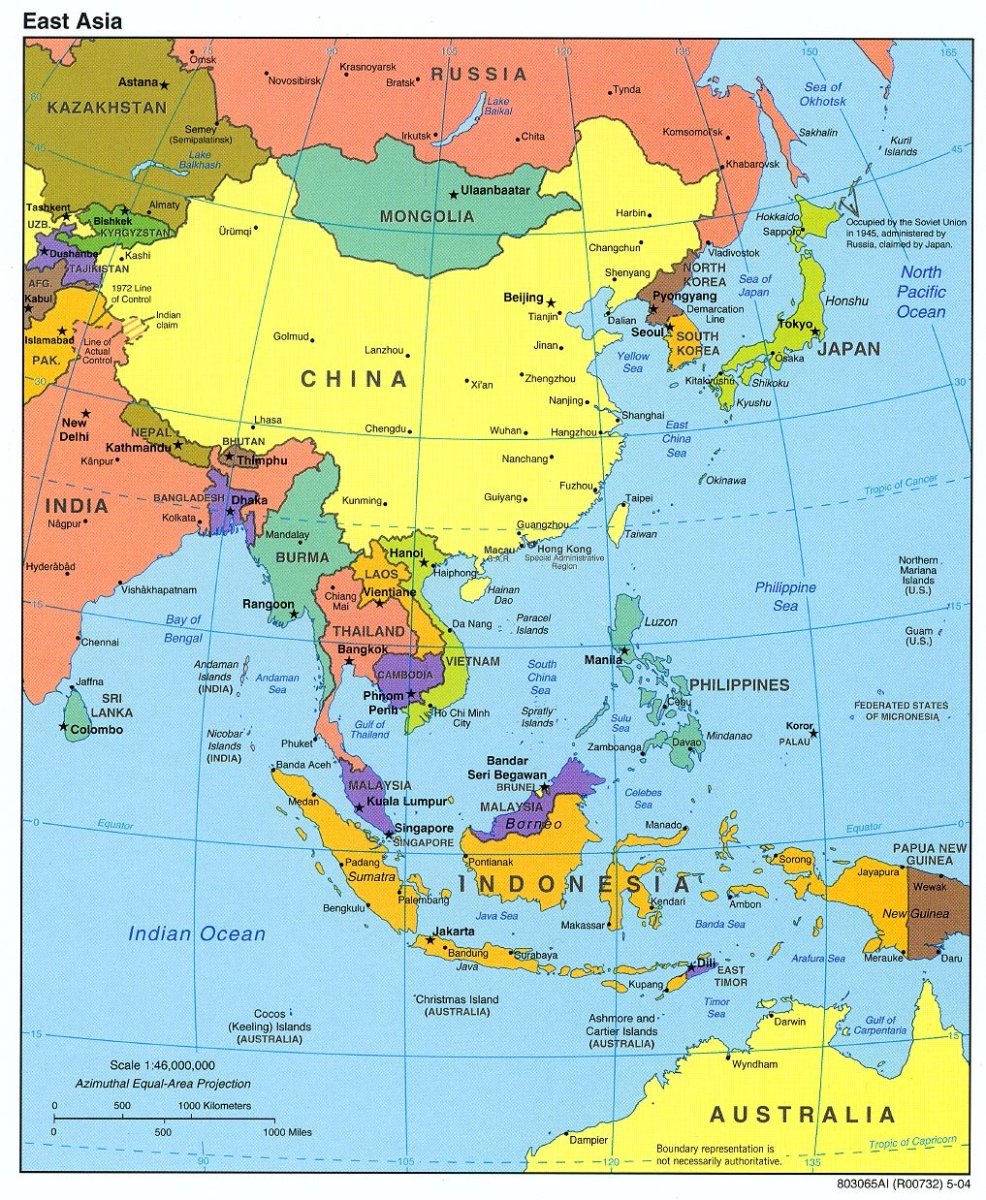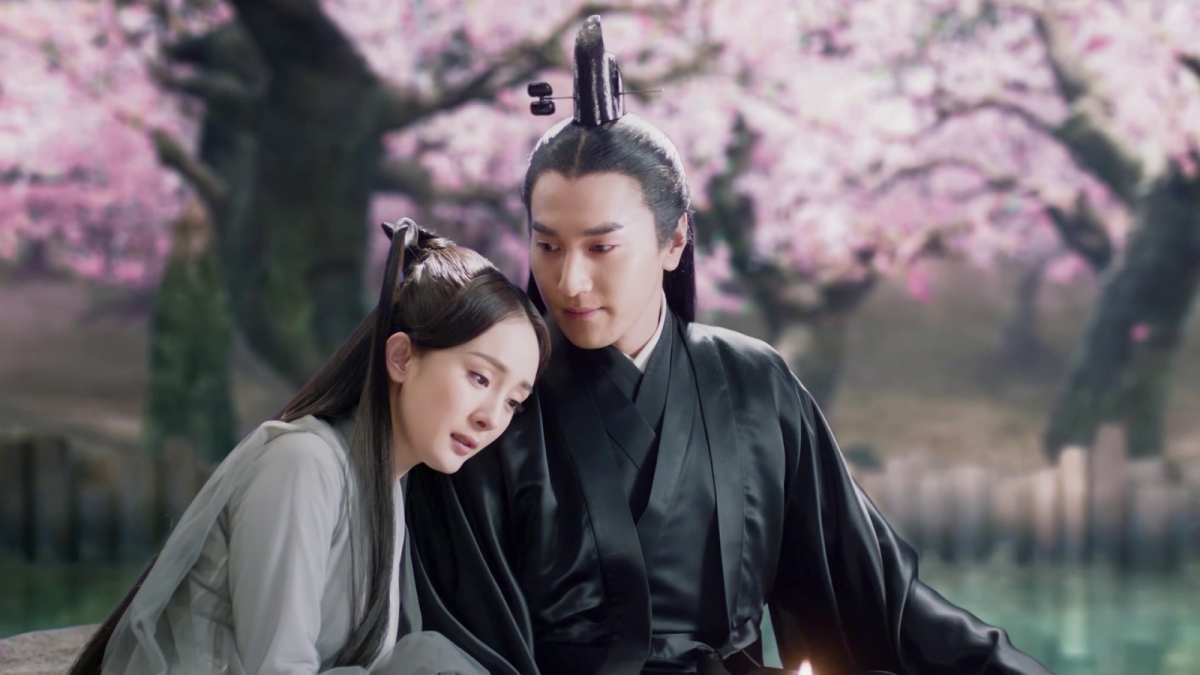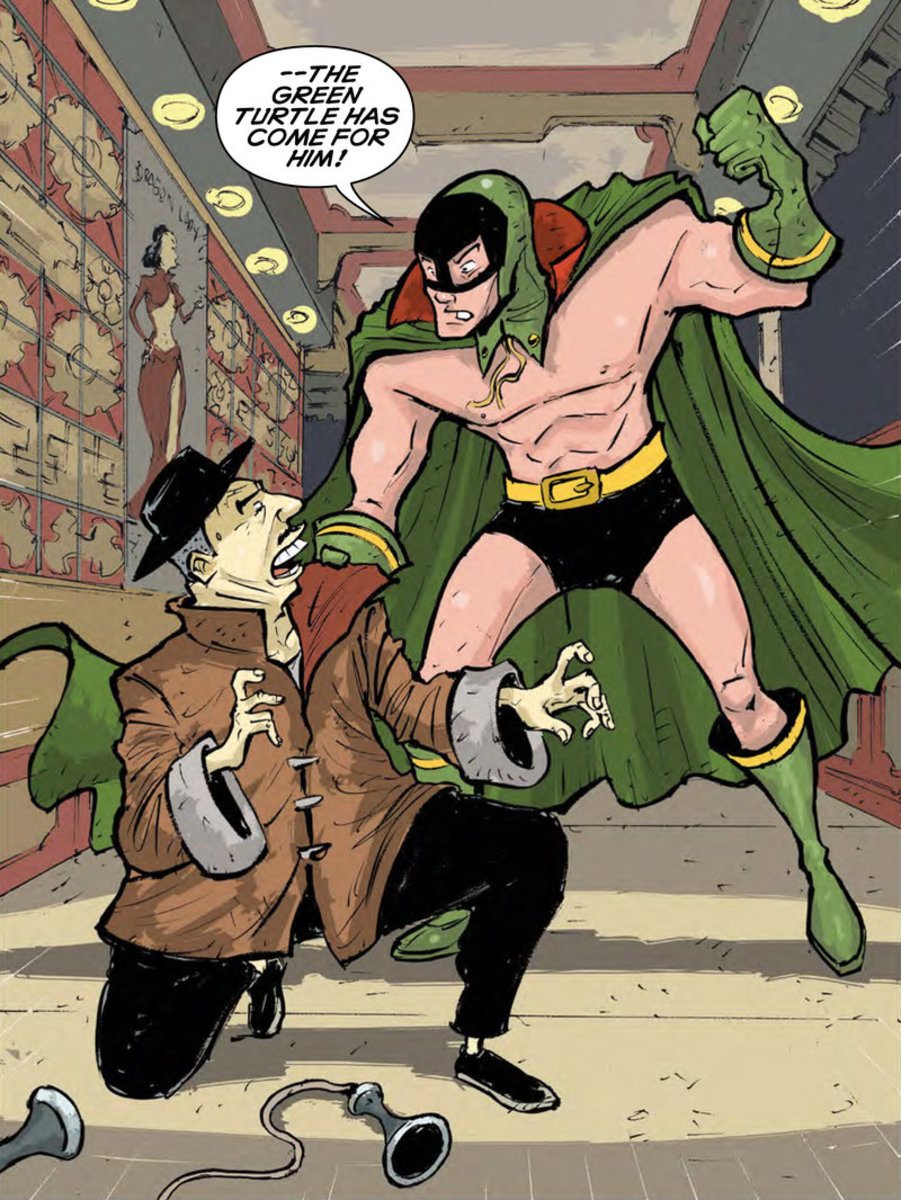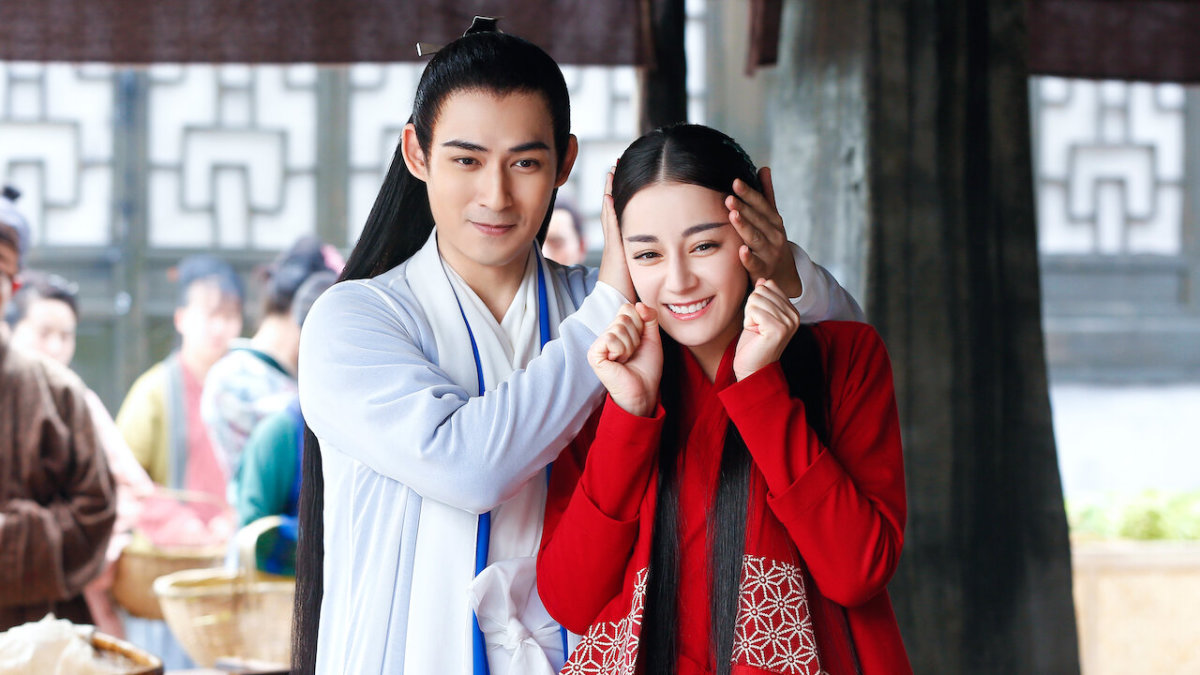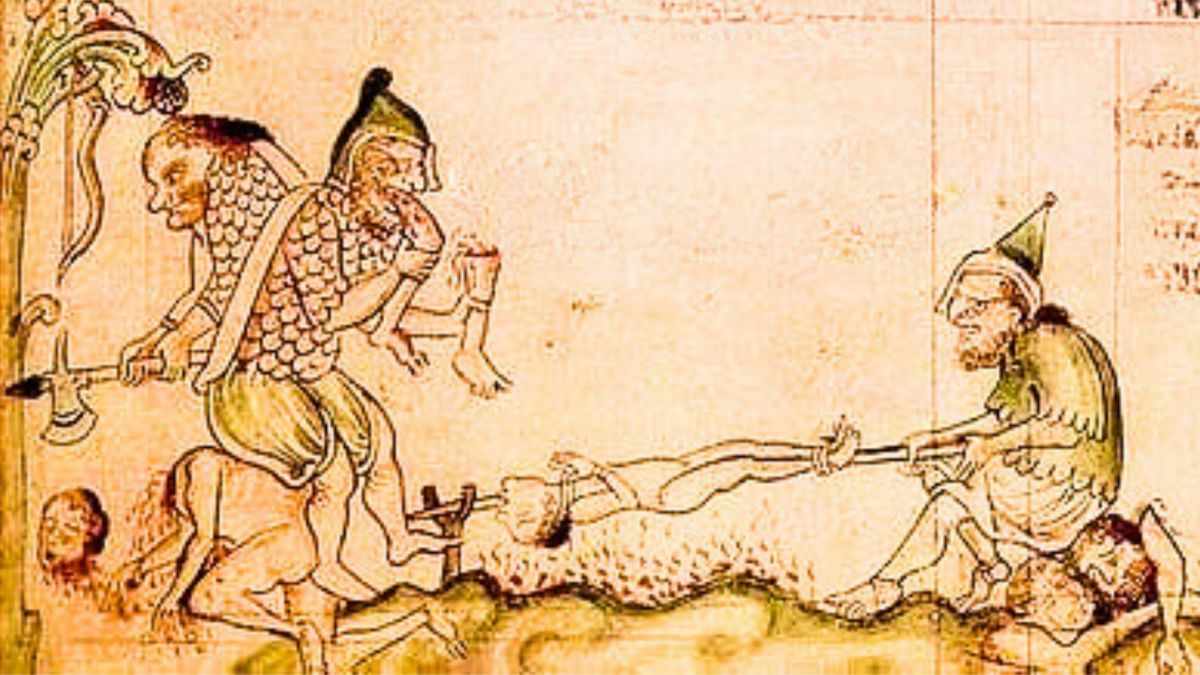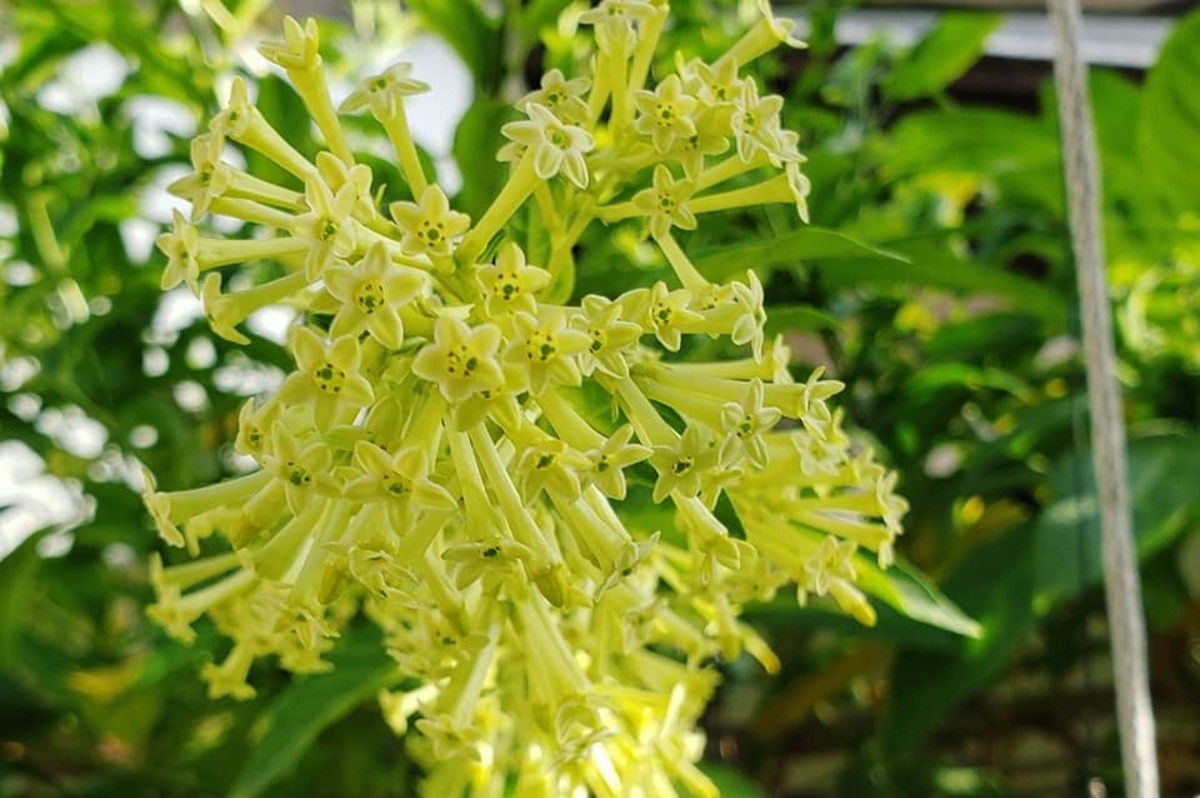- HubPages»
- Education and Science»
- Sociology & Anthropology»
- Folklore & Mythology
Asian Folktales
Asian Folktales
Folktales from Asia
Although fewer folktales are available from Asia, there are increasing numbers of outstanding, well-illustrated single-tale editions of the folktales from Japan, China Korea, and Southeast Asia.
Ai-Ling Louie's Yeh-Shen is based on one of the oldest written variants of ''Cinderella,'' predating European versions by a thousand years. Left in the care of a stepmother and stepsister, Yeh-Shen is made to do the heaviest chores.
Her only friend is a fish, whom she feeds and talks with each day until the stepmother kills and eats it. However, its magical power lives on in its bones.
Through it, Yeh-Shen can go to a festival dressed in a gown, a cloak made of kingfisher feathers, and gold slippers.
There, the suspicious stepsister causes the girl to run away and lose a slipper. Immediately Yeh-Shen's fine clothes turn into rags. The king, struck by her beauty, places the slipper in a roadside pavilion and hides to wait for he girl who will reclaim it.
When Yeh-Shen creeps, under cover of darkness, to retrieve the slipper, they are united and later marry.
As in the German version of the Cinderella story, the stepsister and mother are punished ''crushed to death in a shower of flying stones.''
Young Caldecott Medal Book Lon Po Po tells a tale that comes from an ancient oral tradition and is thought to be more than a thousand years old.
Child readers will recognize similarities between this story and ''Red Riding Hood.''
However, this wolf perishes by falling from the Gingo tree as a result of three children's trickery and resourceful teamwork. One of the most popular stories in the Chinese storytelling tradition is recommended in Margaret Mahy's The Seven Chinese Brothers.
Each brother looks like the others but has one unique feature, such as unusual strength, amazing eyesight, acute hearing, bones that will not break, or unhappy tears that will flood an entire village.
When the Third Brother is imprisoned by the Emperor, the other brothers use their talents to bring about the Emperor's downfall. Eric kimmel's Ten Suns tell of the dilemma that arises on Earth of long ago.
At this time, there were ten suns, and when they all decided to walk together in the heavens at the same time, they caused havoc. The earth's emperor begged the sun's father for help.
When the ten suns ignore him, their father sends the heavenly archer Hu Yi to shoot them out of the sky.
Nine of the suns are turned into black crows when the arrows pierce them.
In time, however, the emperor realizes that if all the suns are gone the earth will die. He sends a messenger who steals Hu Yi's last arrow.
The last sun is spared, and from that time crows greet their remaining brother sun each morning at dawn with loud cawing.
Caring for one's parents or others above oneself is also a theme of Chinese folktales.
In Doreen Rappaport's The Long-Haired Girl, the heroine, Ah-mei, is willing to sacrifice her life for her fellow villagers.
When a drought threatens the lives of her people, she climbs up into the mountains and discovers the secret stream of Lei-gong, the God of Thunder.
He warns her not to tell of her discovery, on the pain of death and at first Ah-mei obeys. However, keeping her terrible secret causes her long, beautiful hair to turn white.
Finally, moved by the awful suffering of an old man, she decides to sacrifice her life and leads the villagers to the hidden spring. In return for her goodness, the old man helps her to outwit Lei-gong, using her white hair as bait.
The hair eventually becomes a beautiful waterfall, and Ah-mei returns safely to her people. Yang Ming-Yi's beautiful woodcuts, printed on rice paper and then painted with watercolour, capture the story's mood and reflect its theme.
Demi's The Donkey and the Rock is an amusing story that gently chides the human propensity to be sold a bill of goods.
A merchant on the way to the market rests his jar of oil on a large rock.
When the donkey of another merchant accidentally smashes the jar of oil against the rock, no one can decide who is responsible.
The king agrees to try the case in court, and curious people rush to witness the trial between a rock and a donkey.
The king charges each of them a fee for being so silly as to believe anyone could judge a rock or a donkey. He uses the money to compensate the merchant. Another well-known Japanese story is retold in two beautiful editions.
Sumiko Yagawa's The Crane Wife is a tale of the results of succumbing to poor advice and greed. Yohei, a poor peasant, removes an arrow from a wounded crane and dresses the injury.
Later, a beautiful young woman appears at his door and asks to be with his wife. To help pay for the extra mouthfeel, the woman offers to weave cloth but warns Yohei that he must never look at her as she works.
One day, forgetting the warning, he looks in on her, only to see a crane plucking feathers from her breast to weave the beautiful cloth.
No longer wishing to remain in human form, she flies away.
The Boy of The Thee-Year Nap by Diane Snyder humorous realistic folktale involving trickery. A poor widow, tired of supporting her son Taro, who is ’’lazy as a rich man's cat,'' pesters him to go work for a rich rice merchant.
Declining to work, the boy tricks the merchant into betrothing him to his daughter. Taro's mother works her own ruse, however, and in the end, Taro is caught in his own tricks. The Japanese tale of the greedy lord titled The Tale of the Mandarin Ducks, by Katherine Paterson presents this story.
The greedy lord captured a magnificently plumed drake so as to have a beautiful caged bird. Shozo, a former mighty samurai who has lost as eye in battle, warns the lord that the wild bird will surely die in captivity, but the lord shuns his advice.
When Yasuko, a kitchen maid, takes pity on the bird and frees him, the lord blames Shozo, strips him of his rank, and puts him to work in the kitchen, where he falls in love with Yasuko.
The jealous and vindictive lord sentences them to death by drowning for releasing the duck.
On their way to be executed, the condemned couple are rescued and taken to a hut in the forest. In the morning, they wish to thank their saviors but find instead, the mandarin duck and his mate, who seem to bow before flying away.
Shozo and Yasuko live on for many years in their forest but with great happiness, for they have learned that ‘trouble can always be borne when it is shared.
Japanese folktales contain miniature people, monsters, called omi, and, like Chinese tales, themes of gentleness toward animals and other people, the value of hard work, and respect for the elderly.
The many beautiful single-tale editions of folktales from Asia have made these old and magical tales more widely available to an English-speaking audience. Often illustrated in the pictorial style of a period of Asian art, these stories can educate a child's artistic eye.
Fairy tales
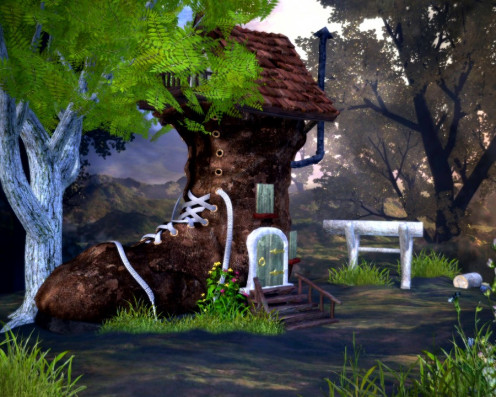
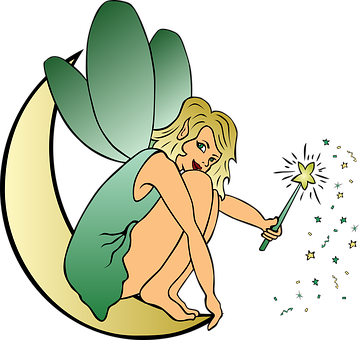
Asian Folktales
Do you remember Asian Folktales?
This content is accurate and true to the best of the author’s knowledge and is not meant to substitute for formal and individualized advice from a qualified professional.
© 2019 Devika Primić


